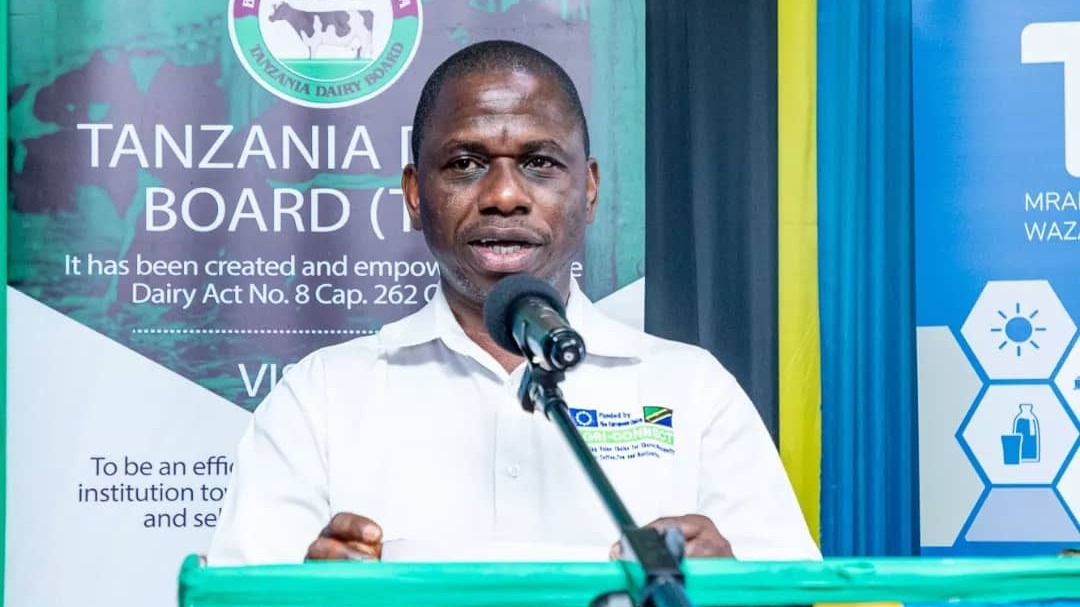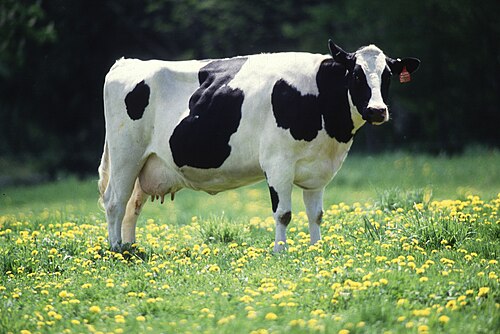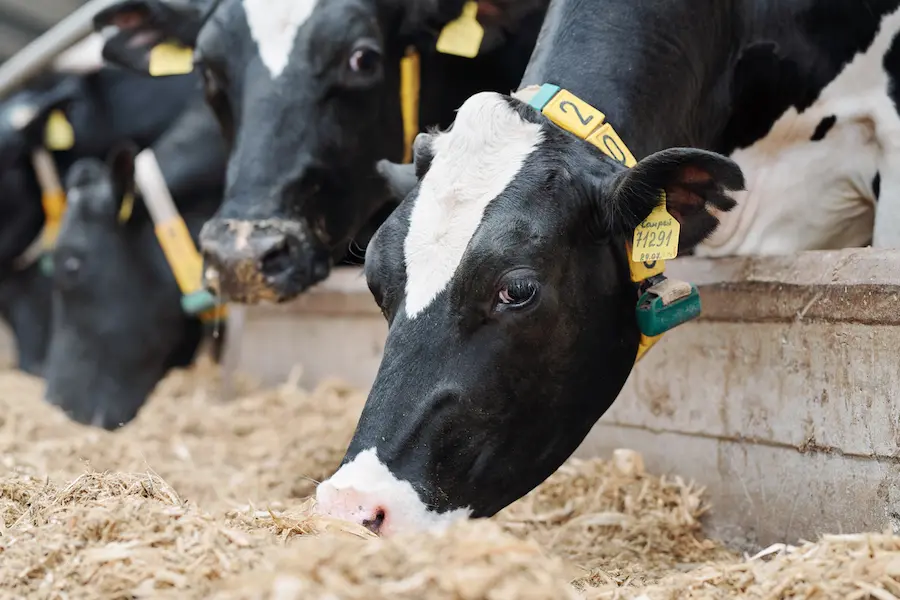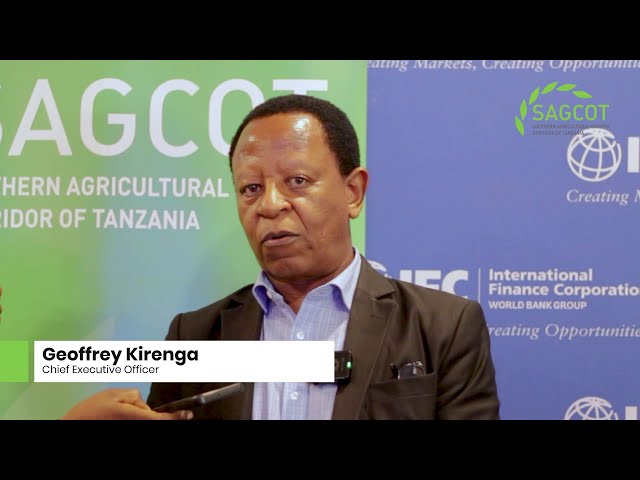
By Senior Reporter VALENTINE OFORO
“Currently, milk production in the country stands at 3.9 billion liters, being from 2.2 billion liters during 2015,” the Registrar of the Tanzania Dairy Board (TDB), Prof George Msalya
THE Tanzania Dairy Board (TDB) this month celebrates its 20th anniversary since commenced operations with much have so far been achieved in the country’s dairy sector.
The Board was established by the Dairy Industry Act of 2004 with an eye to regulator, coordinate and promote the development of the dairy industry in the country.
Moreover, the Board is also mandated to establish an effective organization structure and financing modalities for effective and efficient operations in its delivery of quality of services to dairy industry stakeholders.
The dairy sector is one of the critical sectors in Tanzania with high potential for improving food security, improve resilience and poverty reduction.
Giving an exclusive interview to this publication pertaining to the Board operations within the past 20 years, the TDB Chief Registrar, Prof George Msalya said the state- owned Board has managed to bag a number of successes.
He informed, from 2004 to date, the Board has successfully managed to register a total of 7,000 stakeholders who are engaging into diverse areas of the dairy sector.
“The stakeholders include the milk producers, processors, transporters and others, and we’re working closely to coordinate their daily roles in order to ensure smooth growth of the sector,” he said.

The Don expressed that during the period, the number of milk processors in the country has stabilizing to impressive tune, saying currently there are at least six major (large scale) milk factories, 13 medium factories as well as a total of 130 small-scale milk plants.
“Among the factories, include those installed the Ultra High Temperature (UHT) processing machines, such as ASAS Dairy Ltd, Milkcom, Galaxy and Azam and have put systems to collect enough milk from farmers in order to attain their break -ever points,” he said.
The Registrar said during the period of 20 years the Board worked tirelessly to help improve milk production in the country, through assisting the dairy farmers to adopt crossbreed dairy cows, as well as use of improved feeds.
“Currently, milk production in the country stands at 3.9 billion liters, being from 2.2 billion liters during 2015,” he said.
He said, the development has been attained out of concerted efforts by the TDB to sensitize and assist the dairy farmers to adopt improved (cross breeds) dairy cattle, as well as use of recommended feeds.
Record proves that Tanzania had successfully managed to increase the number of crossbred dairy cattle at the national level 3. 8 times from 783,000 in 2017/18 to 1,294,882 in 2018/19.
However, due to improved awareness on the importance of consuming milk in Tanzania, he said the milk being produced, at least 3.9 billion liters, was not reflecting the actual demand within the country.
“Currently there’s a serious milk gap of around 9 billion liters in Tanzania, the situation which is arm- twisting the country to import a total of 20 million liters annually,” he said.
To that end, he said the Board was working diverse strategies to improve milk production to further heights, saying the strategies in question among others, is to introduce a total of 7, 200 new crossbreed dairy cattle in ten years to come.
Detailing over the country’s dairy production system, he said it was divided into three main categories.
In the first category, the Don said milk is produced from the tropical cattle (traditional cows) contributing at least 70 percent of all milk produced in Tanzania.
“The tropical cattle makes 90 percent of the whole livestock population found in the country.
These cattle are mostly found in the regions of Mwanza, Shinyanga, Tabora, Manyara, and Mara have low milk potential, of only 1.5 liters in a day, but due to their large population they produce 2.2 million liters annually,” he expressed.
He added, the second dairy production system was the smallholder dairy production.
“Through this system the dairy farmers are keeping the improved dairy cattle with milk production capacity between 15 and 30 liters per day, and these farmers are found in the country’s southern and northern highlands regions of Kilimanjaro, Arusha, Mbeya, Njombe, Kagera and Tanga regions,” he explained.
And explaining over the third dairy production system, the Registrar Msalya said was the larger scale dairy farming system (commercial dairy farming).
He added, there are at least 40 large dairy farms in the country, found in Morogoro, Iringa and Tanga regions, saying the investments are playing good contributions towards the milk production sector in the country.
” The milk production levels have continued to increase annually and we’re working smart to ensure the rate continues to grow to the needed quality and volume,” he informed.
One among the top challenge crippling the country’s milk processing industries, according to him, is poor supply of milk from domestic farmers.
He said the low supply is being attributed by unfriendly urban-rural road infrastructure networks that frastruating farmer’s ability to timely distribute their milk to processors, among other reasons.
“To address the setbacks, the Board is continuing to expand availability of milk collection centers (MCC) in all areas with a high number of dairy cattle farmers and milk production,” he explained.
As of now, he informed that there are at least 252 MCC) placed by TDB in different areas from across the country, added: “Out of the number, there are the MCCs have been installed with special milk cooling tanks with good ability to facilitate safety milk preservation for a weeklong and at capacity to cool a total of 352,098 liters in a day,”
He further informed that, TDB will continue working closely with key stakeholders, including milk processors to educate and motivate the farmers to form special groups in order to stand chances to trade their milk through the milk collection centers.
“The milk collection centers are more friendly to farmers since it assures them with reliable markets for their productions. Throughout the system, milk factories are straight coming to procure milk at the centers, whereby the farmers are paid on a weekly basis under well-being established contracts,” he elaborated.
He said the sector was impacting a total of 2.2 million households across the country, and it is currently contributing at least 2 percent towards the country’s Gross Domestic Products (GDP).
He said the Board, in cooperation with different stakeholders within and outside the country was executing different programs to heighten milk consumption, including the school milk feeding program as well as the program for milk provision in different public and private institutions.
Prof Msalya hailed and appreciated the good efforts and support by President Samia Suluhu Hassan towards assisting the Board to implement its daily role professionally.
“We have been receiving enough budget to support the Board to execute key roles, and we’re very pleased, thanks to President Samia,” he appreciated.







